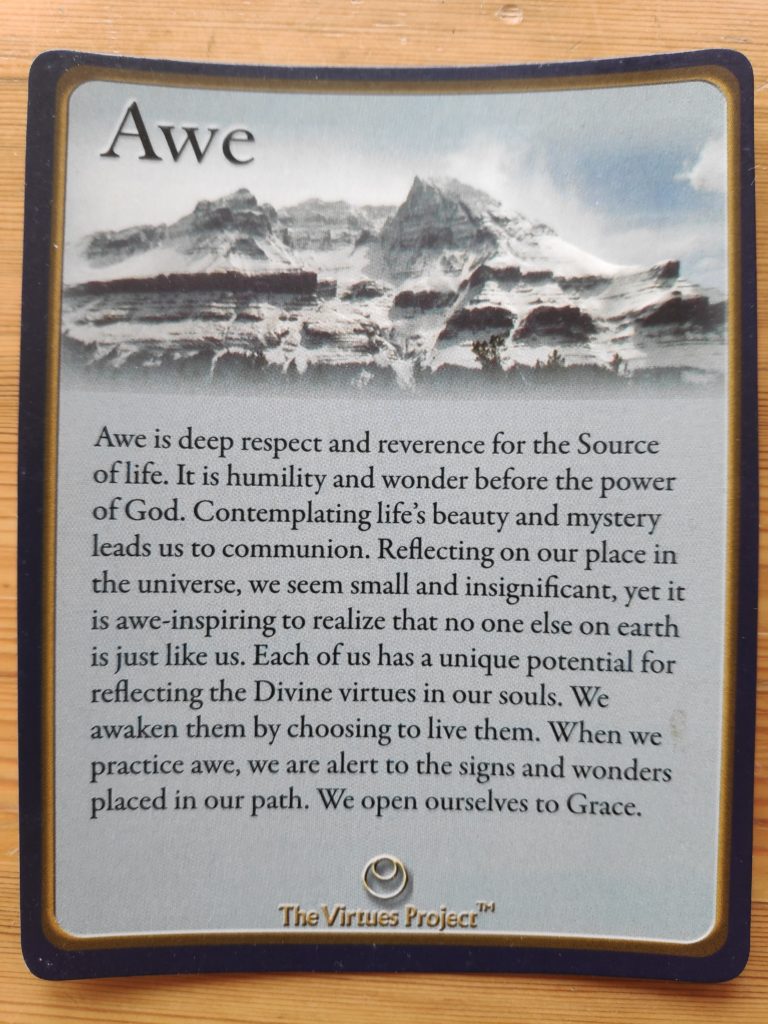Dublin is the capital of the Republic of Ireland and therefore is an important city for the Irish people. This was also the city that my father grew up in so I have always been a bit interested in Irish history.
My dad grew up on the north side of the River Liffey in a predominantly residential area. I have visited the area several times and the house that he grew up in is one of a row of housing on a street that is relatively busy now.
We spent quite a bit of time in Dublin (July 10th to the 22nd) and we visited with most of the relatives that lived there at that time. Many different people took us on drives to see the countryside around Dublin as well as visiting different attractions in the city. We also had time that we organized for ourselves. We took two bus tours – Glendalough and Boyne Valley. We also took a walking tour of the center of Dublin.




One of the outings that I remember in particular was the day at Dublin Zoo which is located in Phoenix Park. Audrey took us, her four boys and Uncle Ken in her little Austin mini. With Audrey driving and Uncle Ken as passenger in the front seat, that left my sister and I in the back seat with four boys. It was a bit crowded and not at all safe by today’s standards now that everyone has to wear a seat belt. Back in 1966 it was accepted to have six people in the back.
I don’t particularly remember many of the animals in the zoo, but it was a fun day. We had a picnic lunch which consisted of liver pate and sliced beets. In the crowded car, weaving along the streets between the other cars on the road, I got very queasy sitting in the back seat with my sister and four boys! It is interesting what sticks in one’s head many years later. I was not impressed by Irish driving habits.
Uncle George took us and one of his grandchildren for a drive one afternoon to the west of Dublin. We visited the Japanese Gardens at Kildare, which I enjoyed, and I also remember us driving by the Curragh Racecourse at Kildare.
Another memory is of us stopping at a pub in Ireland, I think with Audrey, and even though I was only 16 years old, and not legally allowed to drink, I was allowed into the pub. I was given a mild alcoholic drink which was a mixture of lemonade and beer (if I remember correctly). Drinking culture in Ireland was very different from what I knew from home.
Over 50 years later, I don’t really remember that much from these two weeks in Dublin. Impressions of people and places stick, but not the details. Even reading letters that were sent home about our activities, hasn’t prodded memories at all. It’s almost as if I was reading about another person. But it was fun to meet my dad’s family and get an impression of Irish history.











